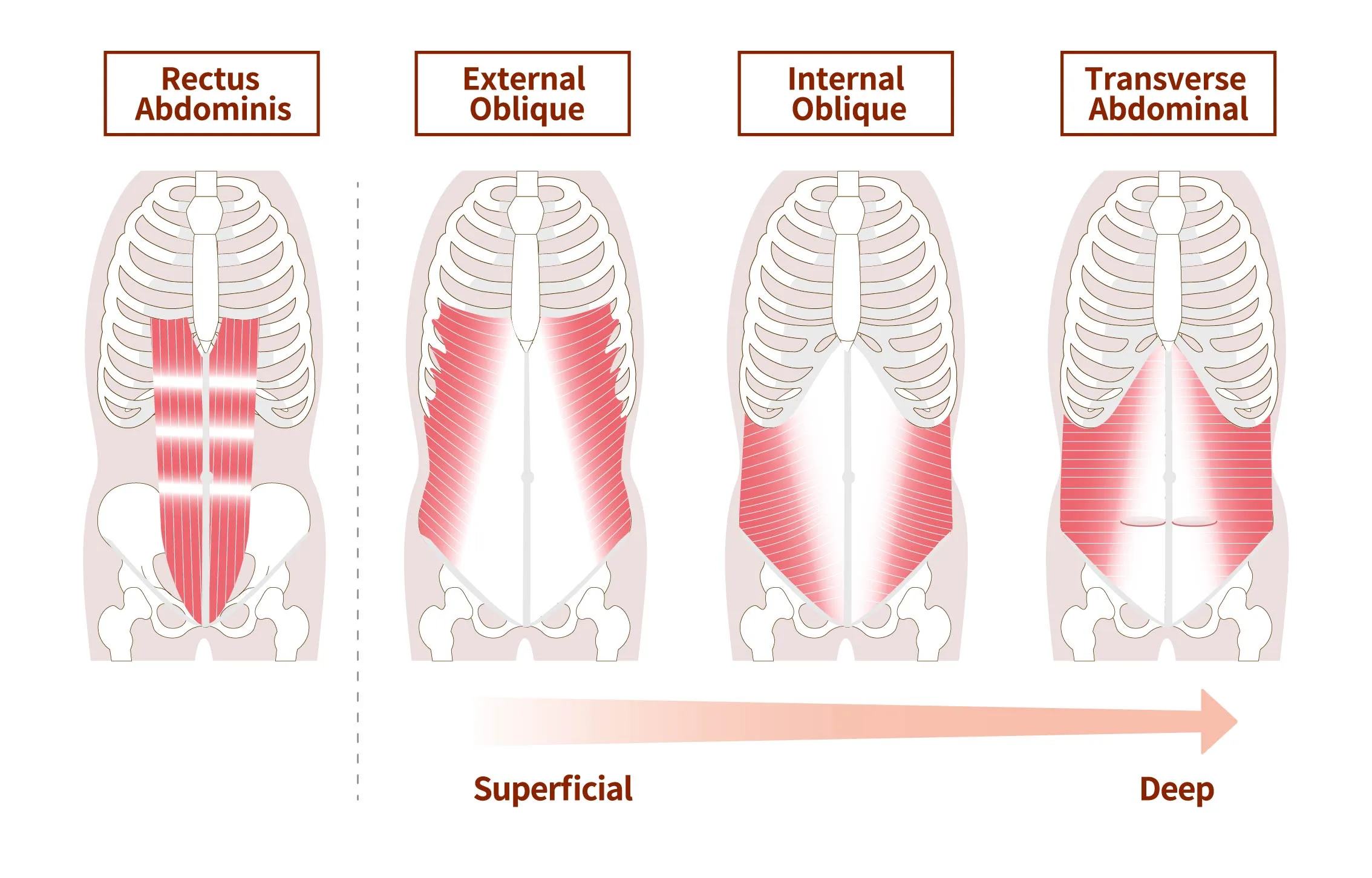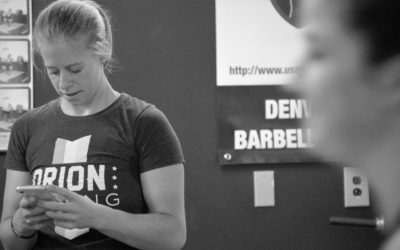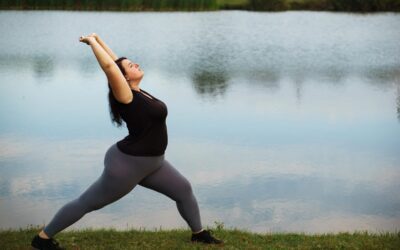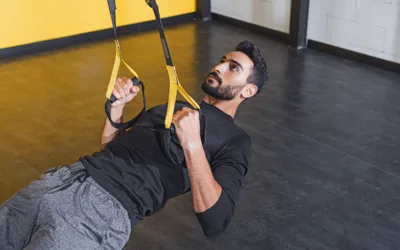4 Core Exercises for Noticeably Stronger Abs

Jack McCormick is a coach and trainer with nearly 14 years of experience. He’s worked in various fitness settings from college sports performance to tactical S&C. Here, he explains why core strength is essential and guides you through four exercises for strurdy, stable, noticeably stronger abdominal muscles.

Change the Way You Train
Understanding Your Core = Strong Abs
After 15 years in the industry, I believe that “core” is up there with “functional” as one of the most popular terms that carries an ambiguous definition. It changes depending on who you ask. Ask five different people “what is your core?” and you will probably get five different answers.
But if you get five different answers, how do you know if you’re actually training your core?
For that reason, I’m going to tell you what ACTUALLY makes up your core muscles. Once you understand your core & how it works, it’s easier to know what exercises actually strengthen your abs. (Hint: it’s not 500 crunches every day.)
Your Core Muscles & Their Function
I always go with Mike Boyle’s (2010) definition of the core:
“Core stability is the ability to create movement in the legs and arms without compensatory movement of the spine or pelvis, and in the broadest sense allowing force to move from the ground through the hips, spine or scapulothoracic joints without energy leaks (p. 85).”
Basically, your core muscles are the ones that create and resist motion at the spine.
The primary muscle groups and their actions are:
-The rectus abdominis (flexion of the vertebral column and posteriorly tilting the pelvis)
-The external and internal obliques (laterally flexing and rotating the vertebral column)
-The transverse abdominis (compress abdominal contents)

Developing Real Core Strength
Textbooks tell you that all muscles act concentrically (shorten) to create movement. But your core muscles’ ability to resist movement, not just create it is where the magic happens.
When you practice resisting movement with your core, you’re practicing effective energy transfer, which strongly reduces your risk of injury.
To develop real core strength, you need to do exercises that focus on strengthening the muscles that surround your spine (specifically your lumbar spine) that resist movement.
So how do you do that? If you break down the different patterns the spine moves, it becomes a game of “plug and play:” Do an exercise that creates a force on the spine in a specific pattern and resist it.
There are four main patterns your spine primarily moves: extension, flexion, lateral flexion (side bending), and rotation. Understanding these patterns and doing exercises that resist them gives you a strong, stable core.
Core Strengthening Pattern 1: Resisting Extension
Extension of your spine is bending backward or creating an excessive arch in your back.
One of my favorite ways to resist extension of the spine is by doing a dead bug with a stability ball.
Doing this creates an “extension moment” on your spine as your extremities lengthen and shorten. Contracting your abdominals and creating stiffness resists your spine from extending, thus creating an “anti-extension” effect.
Core-Engaged Contralateral Dead Bug
1. Lay on your back with your hips and knees both bent at 90 degrees, heels level with your knees up in the air. Raise your arms straight up toward the ceiling.
2. Create a neutral spine by “bringing your ribs down toward your pelvis” and bracing your midsection, as if preparing for a punch in the stomach.
3. Place the ball between your knee on one side and the hand on the opposite side.
4. Give a gentle squeeze to engage your abdominal muscles.
5. Take a deep breath in through your nose, and then exhale through your mouth as if you are blowing out birthday candles through a straw. This forceful exhaling helps engage the deeper transverse abdominis.
6. As you exhale, raise the non-engaged arm overhead and down toward the floor and extend your non-engaged leg out towards the floor as well.
7. Do not let your arm or leg rest on the floor. Control the motion. The lower you get your extremities to the floor while keeping your spine neutral, the more you should feel this in your abdominal muscles as you resist your spine extending in the presence of a changing lever at your hips and shoulders.
Start with eight reps on one side, and then eight reps on the other.
Core Strengthening Pattern 2: Resisting Flexion
Flexion of your spine is bending forward or creating an excessive rounding of your back.
I like to train anti-flexion with carries and isometric holds in the double kettlebell front-racked position.
Having a kettlebell on each side of a front-racked position creates a flexion force on the spine where the weight is pulling your torso down and forward. Getting into the double front-racked position, squeezing your armpits, and focusing on just “being tall” effectively engages your core musculature and resists flexing your spine forward.
Double Kettlebell Front-racked Carry
1. Select two kettlebells of light to moderate weight. If you can’t do a double kettlebell clean comfortably, set them up on a box so you can get into the double front racked position safely.
2. Squeeze your armpits to engage your lats, and create a triangle from your hand to your elbow to your shoulder. The kettlebell should rest in the nook created between the shoulder and hand, pressed up against your body.
3. Keep your wrists neutral (i.e. not bent or extended)
4. Think, “make yourself tall.” Then, walk comfortably and slowly as if you are trying to balance a glass of water on top of your head.
5. As you walk, pretend your abdominals are a coat of armor you’re trying to breathe behind. Don’t hold your breath, but as you take shallow breaths in and out, try not to lose the stiffness created by your abdominal brace.
Doing carries for distance enhances the challenge because you’re introducing a reflexive contralateral (opposite) hip stability demand with each step. This makes it a lot harder to maintain a neutral spine.
A good place to start is with 20-30 seconds for an isometric hold or 40 yards for the walk.
Core Strengthening Pattern 3: Resisting Lateral Flexion
Lateral flexion is your spine bending to the side in one direction.
Suitcase carries are a great way to improve your ability to resist lateral flexion (and they strengthen your shoulders). The key to the suitcase carry is to create a tall posture with level shoulders and not “rest” the weight on your side.
Having a weight in one hand forces you to shift your center of mass. Maintain a tall posture with a neutral spine, and don’t allow your shoulders to tilt to one side.
Suitcase Carry
1. Hold a light to moderate weight in one hand. It needs to be heavy enough that you feel your obliques on the opposite side of the weight when maintaining a neutral spine.
2. Hold the weight just barely off your side (don’t let it “rest” on your leg). This slight alteration can make a major impact on doing the exercise correctly.
3. Just like the double-racked carry, focus on creating a coat of armor at your torso. Take shallow breaths in and out without losing that pressurized cylinder from your ribs to your hips.
Coach’s Note: In this exercise, you might feel your quadratus lumborum (a muscle at the side of your low back) active on the opposite side of the weight. That’s because this muscle assists with lateral flexion.
Also, if you have a history of back injury, I recommend starting with something more conservative, like a side plank.
Core Strengthening Pattern 3: Resisting Rotation
My favorite exercise to resist this pattern is the tall kneeling anti-rotation press out.
Start in a tall kneeling position for this exercise. This takes your feet and lower legs out of the equation and forces you to activate your glutes to extend your hips and keep a neutral spine.
Tall Kneeling Anti-rotation Press Out
1. Position a cable column about chest height while kneeling on the ground.
2. Align yourself so the column is positioned straight off to your side.
3. Start with a light weight on the column. Anywhere from 10-20 lbs is good.
4. Grab the handle with your outside hand and cover it with your inside hand.
5. Pull the handle to the middle of your chest and “make yourself tall.”
6. Anti-shrug your shoulders down so you’re not overly active in your upper traps.
7. Take a deep breath in, and as you exhale like you’re blowing out candles, press the handle straight out in front of you in a controlled manner. Hold for about half a second, and then bring it back in.
This exercise engages your deeper abdominals to keep your spine from rotating towards the cable column.
Start with eight reps on one side, then face the other way and repeat.
Putting It All Together
Resisting spinal patterns is the key to a strong, stable core that reduces the risk of injury and enhances performance.
There are a lot of different movements that resist these four patterns, but these four are my go-to. Try adding them to your workout routine for a well-rounded, noticeably stronger core.
1. Core-engaged contralateral dead bug: 2 sets of 8 reps on each side
2. Double kettlebell front rack carry: 2 sets of 20-30 second hold, or 40 yard walk
3. Suitcase carry: 2 sets of 15-20 second isometric hold on each side, or 20-30 yard walk on each side
4. Tall kneeling anti-rotation Press Out: 2 sets of 8 reps on each side
Disclaimer: The views and opinions expressed in this article are my own and not those of my employer. This article was written on my own personal computer and not as part of any work done for my employer.
Find Your Perfect Training Plan
Sometimes all you need to reach your destination on your fitness journey is an expert guide. We've got you covered. Browse from thousands of programs for any goal and every type of athlete.
Try any programming subscription free for 7 days!
Want Training Tips, Exercise Guides & Knowledge Bombs Sent to Your Inbox?
Sign up for the FitNerd newsletter from TrainHeroic
Related articles
Effective Ways to Coach At-Home Athletes
Transitioning to remote coaching presents unique challenges for strength and conditioning coaches, especially when athletes lack access to standard gym equipment. Effective communication and creative programming are essential to maintain engagement and ensure athletes continue to progress in their training.
Sustainable Steps to Healthier Living After Significant Weight Gain (BMI 40+)
Losing weight when your BMI is 40 or higher can feel impossible—but it’s not. I've helped hundreds of people, including myself, lose significant weight. One client sticks with me—a former rugby player and sumo wrestler whose health was rapidly declining. We started...
Working Out During Ramadan: Maintaining & Making Gains
It’s falsely believed by many Muslim athletes that Ramadan = losing progress (gains!). This isn’t the case if you train, fuel, hydrate, and sleep appropriately. Of course that’s easier said than done, but following a few of these strategies can make all the difference...

Join the community
Sign up for the latest training news and updates from TrainHeroic
Support
Made with love, sweat, protein isolate and hard work in Denver, CO
© 2023 TrainHeroic, Inc. All rights reserved.







